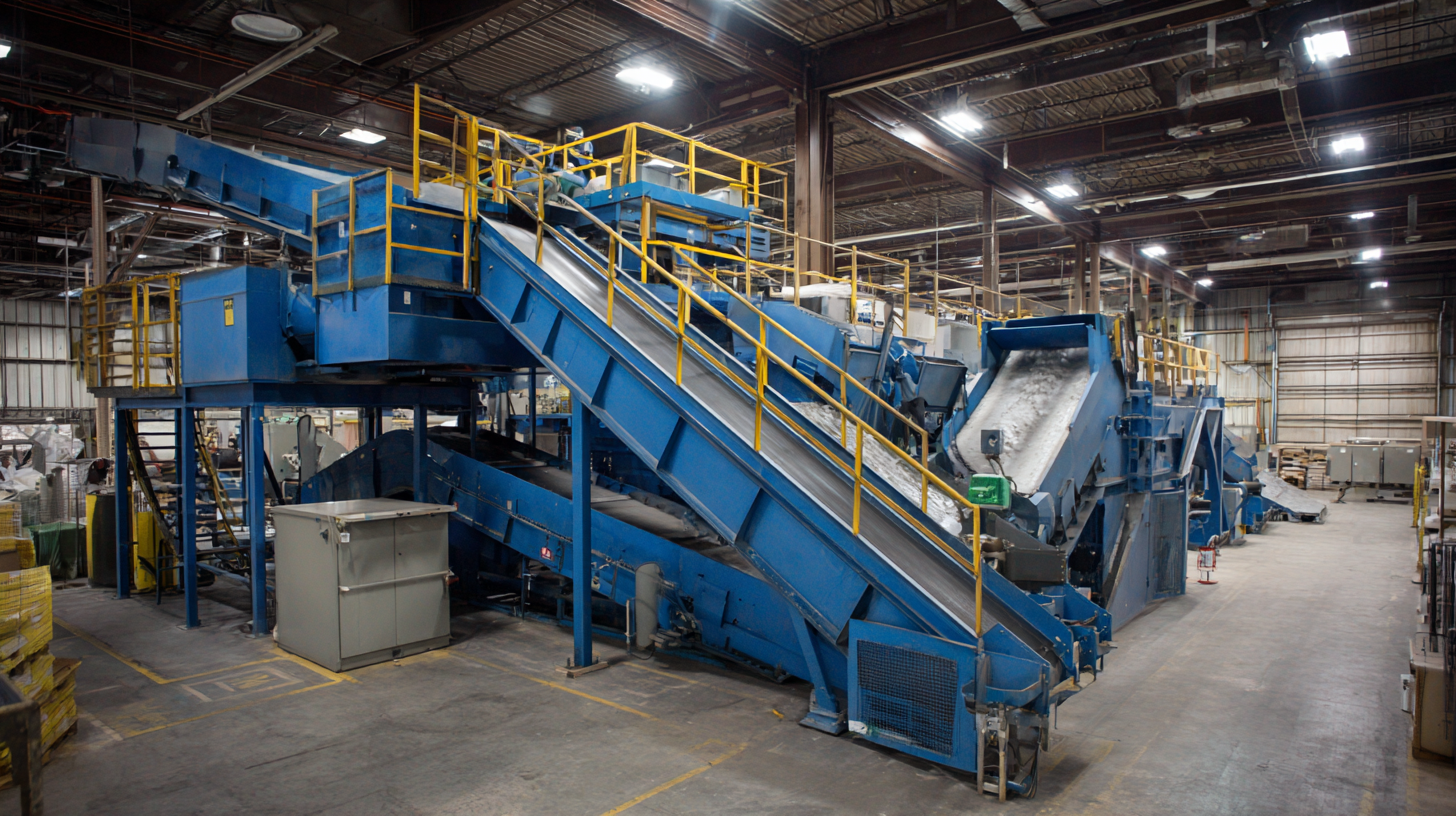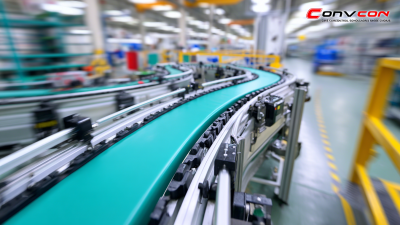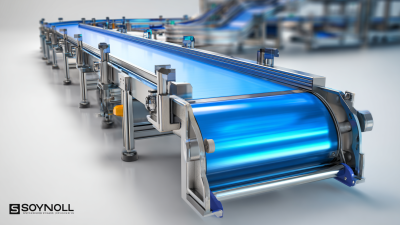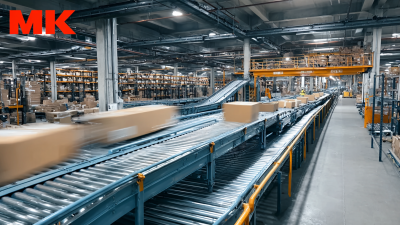In the rapidly evolving world of manufacturing and logistics, selecting the right Industrial Conveyor Systems has become a pivotal decision for businesses aiming to enhance efficiency and productivity. According to a recent report by MarketsandMarkets, the global conveyor system market is projected to reach $7.9 billion by 2025, driven by the increasing demand for automation in manufacturing and warehousing. Properly chosen conveyor systems can significantly reduce costs, improve workflow, and support sustainable practices by minimizing waste and optimizing space. However, with various options available, from belt conveyors to roller systems, businesses must navigate several critical factors to make informed choices. Understanding these elements can not only enhance operational efficiency but also lead to a substantial competitive advantage in a landscape where streamlined processes are paramount. Thus, uncovering the best practices for selecting Industrial Conveyor Systems is essential for modern enterprises looking to thrive.
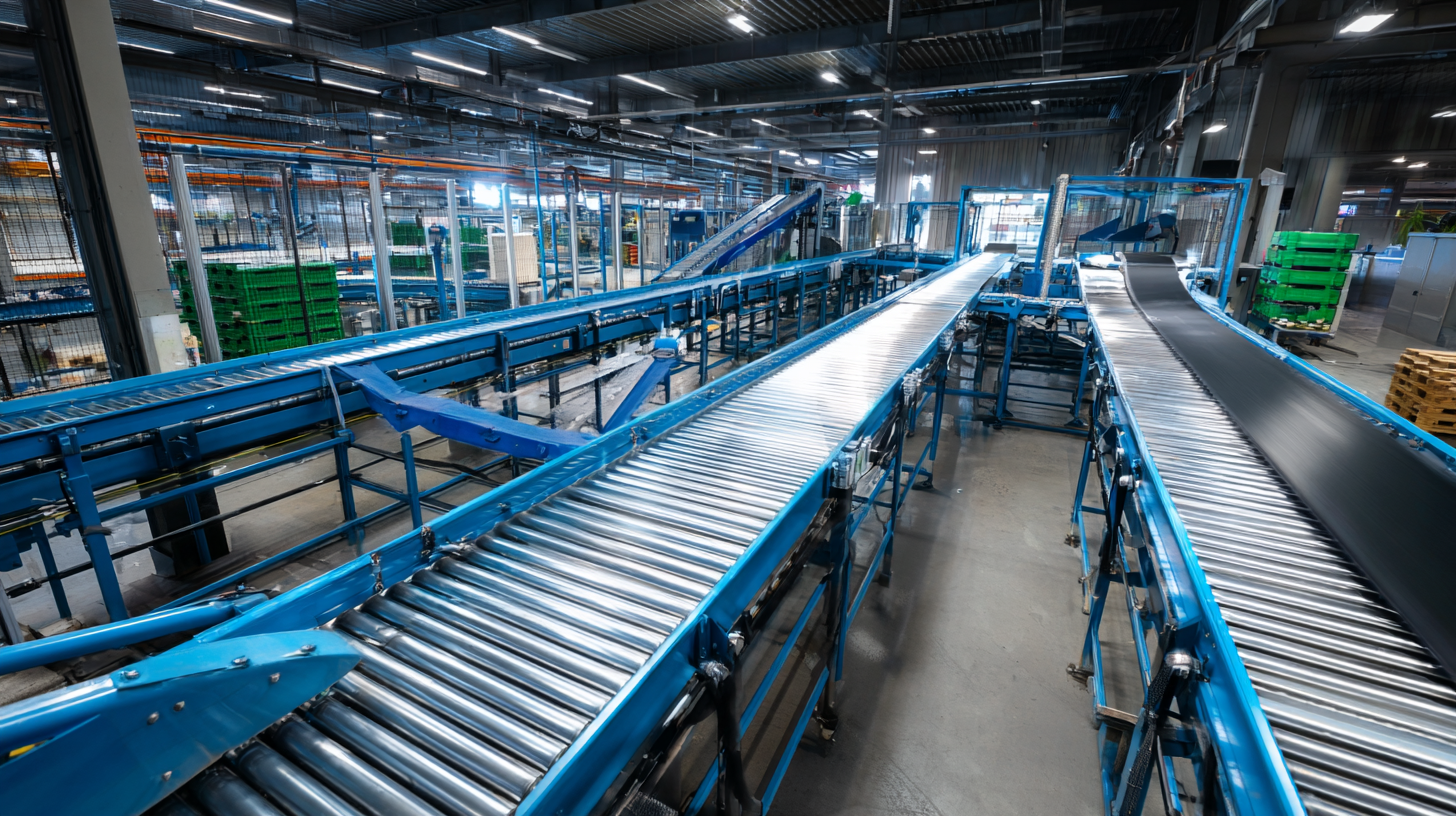
When selecting the best industrial conveyor systems for your business, understanding your unique operational requirements is paramount. Every enterprise has distinct needs based on the products handled, the volume of operations, and the environment in which the conveyor system will function. According to recent industry insights, medium-weight conveyor belts dominate the market, accounting for approximately 46.3% of shares due to their flexibility and affordability. This flexibility allows businesses to cater to a diverse range of products, from low-profile vehicles to bulk materials, making it crucial to assess what best fits your specific industry context.
Furthermore, the rise of Industry 4.0 highlights the need for modern technology that supports efficiency and scalability. Implementing advanced conveyor solutions can streamline processes and improve overall productivity. For instance, a recent report emphasizes the significance of customizing conveyor designs to meet the exact needs of users, whether in agricultural settings or manufacturing environments. By aligning conveyor systems with your particular business demands, you can enhance operational workflows and adapt to changing market conditions.
When evaluating different types of conveyor technologies available, it’s crucial to understand the specific needs of your business and the various options on the market. There are several conveyor systems to consider, including belt conveyors, roller conveyors, and modular conveyors.
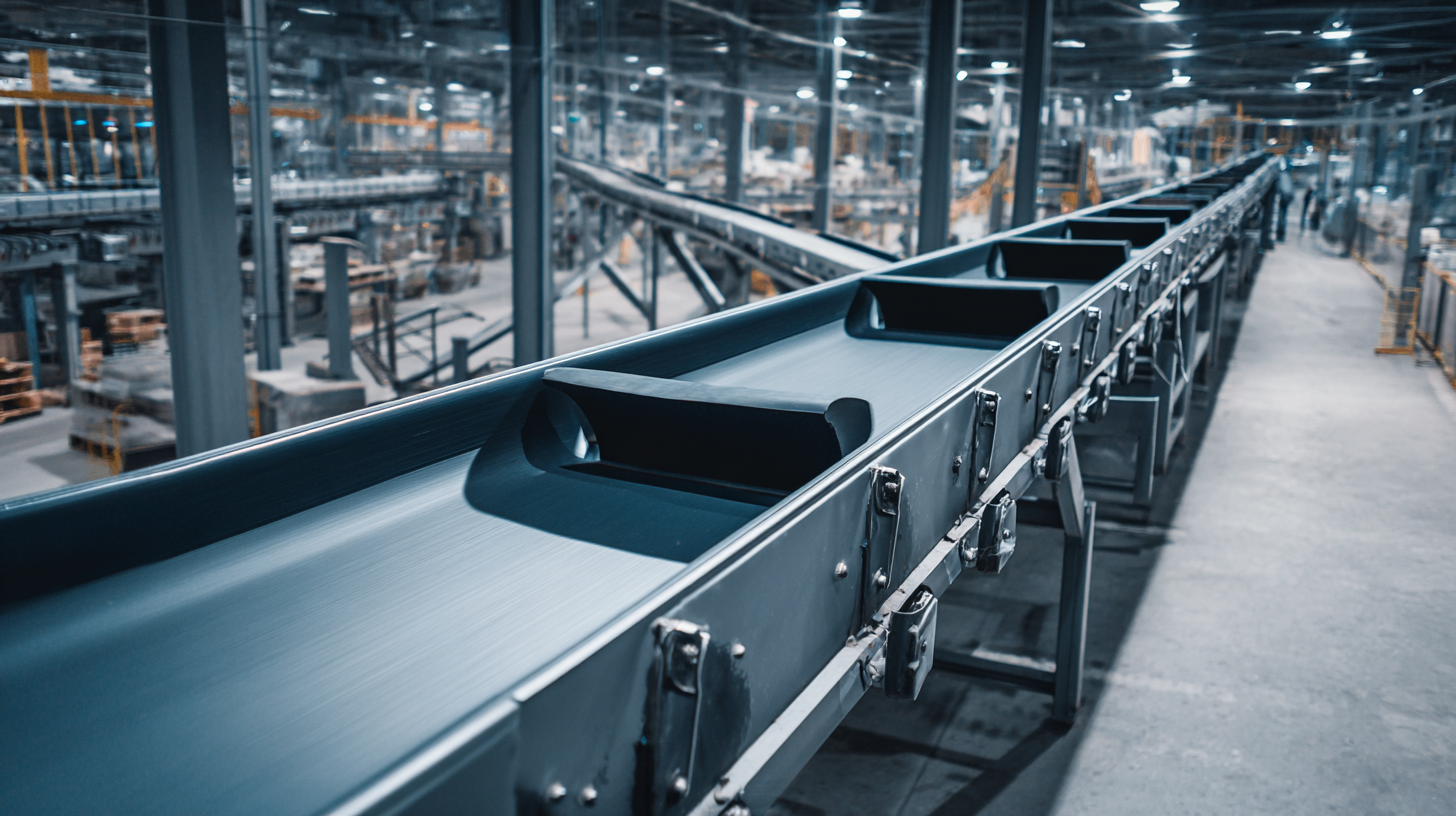 Belt conveyors are ideal for moving bulk materials or packaged goods over long distances, thanks to their continuous loop design. Conversely, roller conveyors are often preferred for transporting items that need to be manually pushed or gravity-driven, making them suitable for warehouses and distribution centers.
Belt conveyors are ideal for moving bulk materials or packaged goods over long distances, thanks to their continuous loop design. Conversely, roller conveyors are often preferred for transporting items that need to be manually pushed or gravity-driven, making them suitable for warehouses and distribution centers.
Another option is modular conveyors, which offer flexibility and can be easily customized to suit unique operational requirements. These systems can be configured in various layouts, accommodating spatial constraints and production line changes. Additionally, advancements in automation have led to the development of smart conveyor technologies that enhance efficiency through integration with IoT devices and real-time monitoring. Assessing the specific capabilities and advantages of each type will help you determine the best industrial conveyor system that meets your business demands while optimizing operational workflows.
When selecting industrial conveyor systems, assessing budget constraints and long-term ROI is crucial for making an informed decision. According to a report from the Material Handling Industry of America (MHIA), businesses that invest in modern conveyor systems see an average return on investment of 18-21%. This data underscores the importance of evaluating not just the initial costs but also the potential savings and efficiency gains that a reliable conveyor system can offer over time.
**Tip:** Before making a purchase, conduct a cost-benefit analysis that includes both upfront expenditures and long-term operational costs. This approach ensures that you account for maintenance, energy consumption, and potential downtime—factors that can significantly affect your ROI.
Additionally, it's essential to align your conveyor system choice with your specific operational needs. A survey by the Conveyor Equipment Manufacturers Association (CEMA) revealed that tailoring conveyor solutions to fit unique production processes can enhance productivity by up to 30%. This customization, though potentially higher in initial investment, pays off by optimizing throughput and reducing handling errors.
**Tip:** Engage with industry experts to evaluate different conveyor configurations that could streamline your operations and offer more value in the long run. This strategic planning can lead to more accurate budgeting and better capital allocation.
| Dimension | Description | Estimated Cost ($) | Expected Lifespan (Years) | Maintenance Frequency (Yearly) | Potential ROI (%) |
|---|---|---|---|---|---|
| Belt Conveyor | Continuous movement of bulk materials | 10,000 | 15 | 2 | 150 |
| Roller Conveyor | Used for transporting boxes and pallets | 15,000 | 10 | 1 | 120 |
| Chain Conveyor | Suitable for heavy loads | 20,000 | 20 | 1.5 | 200 |
| Incline Conveyor | Used for elevating goods between heights | 12,000 | 12 | 2 | 130 |
| Bucket Conveyor | Designed for vertical transport of bulk materials | 18,000 | 15 | 1 | 160 |
When choosing the best industrial conveyor systems, considering the space and layout of your facility is crucial for ensuring optimal efficiency. Analyzing the available space allows you to determine the type and configuration of the conveyor that will work best for your operations. For instance, if your facility has limited floor space, a vertical conveyor may be ideal. Alternatively, if you have an expansive area, you can take advantage of longer, more complex conveyor routes that can handle higher volumes of products.
Moreover, the layout should facilitate a smooth workflow, minimizing bottlenecks and maximizing productivity. This involves positioning the conveyors strategically to align with other equipment and workstations, enabling seamless material flow. It's also important to account for future scalability; designing a layout that allows for easy expansion or modification can help your business adapt to changing needs. By thoughtfully considering these factors, you can select a conveyor system that not only fits your current requirements but also supports long-term growth.
When selecting an industrial conveyor system, maintenance requirements and support services are crucial factors that can significantly impact operational efficiency and costs.
According to a report by MarketsandMarkets, the global conveyor system market is expected to reach $9.85 billion by 2026, emphasizing the growing need for reliable and maintainable systems in various industries.
It is vital to choose a system that not only meets production needs but also ensures minimal downtime for maintenance.
Tip: Before finalizing your choice, inquire about the maintenance schedule and replacement parts availability. Systems with modular designs tend to facilitate easier maintenance, reducing labor costs by as much as 20% according to a study by McKinsey.
In addition, consider suppliers that offer comprehensive support services, which can include training for your staff and prompt customer service to address any issues that arise.
Moreover, understanding the frequency of wear and tear of your conveyor system can aid in making informed decisions.
The Conveyor Equipment Manufacturers Association states that regular maintenance can prolong equipment life by up to 50%. Therefore, ensuring that the chosen system comes with robust support services, such as routine inspections and timely repairs, is essential to maximize efficiency and minimize total operational costs.
